The welding rod or electrode has to get through the baking stage at the right temperature, and this procedure is essential before using it for the welding process. The coating on the electrode has a propensity for absorbing moisture into its inside. Baking is the process of eliminating moisture from electrodes with the use of heat. This reduces the quantity of dissolved H2 in the weld metal, which in turn reduces the likelihood of delayed cracking in the weld metal. Baking is also known as drying. Ovens are essential for the process of baking. These ovens come equipped with heating coils that use electrical resistance to produce heat whenever an electrical current is passed through them. The temperature controllers regulate the amount of heat produced by the coils. The temperature controllers are where the desired temperature is adjusted to. It maintains a constant temperature throughout the baking process.  The mother oven is the oven in which fresh electrodes, which have been removed from their respective original electrode packs, are placed. The electrodes are placed in the holding oven, which is another name for the oven, so that the temperature may be held constant. The portable oven is the oven that is used to convey the electrodes, which are transferred from the holding oven to the job area, where it is electrically linked and the holding temperature is maintained. This process takes place in the portable oven. Welding engineers determine which electrodes are necessarily based on the requirements of the job site. The requisition to issue the electrodes will be raised by the welding engineer using the electrode issue slip. The electrode issue slip will be brought to the electrode store by the welding assistant (helper to the welder), who will then hand it off to the person responsible for issuing the electrodes (electrode store keeper). The welding assistant will collect the electrode bits from the previously supplied electrodes, together with the electrode issue slip, and then hand both of these items over to the person who is in charge of issuing electrodes. The signature of the welding engineer is cross-checked by the electrode issuer against the specimen signature list of welding engineers that is available to him. In addition to this, he will compare the welder information (qualification to utilize the required electrode) with the list of competent welders that he has available to him. The electrodes will be distributed by him in accordance with the specifications listed on the electrode issue slip. The welding assistant will place the electrodes in a portable oven if the electrode is of the low hydrogen type; otherwise, the welding helper will place the electrodes in a bundle that is just loosely tied.
The mother oven is the oven in which fresh electrodes, which have been removed from their respective original electrode packs, are placed. The electrodes are placed in the holding oven, which is another name for the oven, so that the temperature may be held constant. The portable oven is the oven that is used to convey the electrodes, which are transferred from the holding oven to the job area, where it is electrically linked and the holding temperature is maintained. This process takes place in the portable oven. Welding engineers determine which electrodes are necessarily based on the requirements of the job site. The requisition to issue the electrodes will be raised by the welding engineer using the electrode issue slip. The electrode issue slip will be brought to the electrode store by the welding assistant (helper to the welder), who will then hand it off to the person responsible for issuing the electrodes (electrode store keeper). The welding assistant will collect the electrode bits from the previously supplied electrodes, together with the electrode issue slip, and then hand both of these items over to the person who is in charge of issuing electrodes. The signature of the welding engineer is cross-checked by the electrode issuer against the specimen signature list of welding engineers that is available to him. In addition to this, he will compare the welder information (qualification to utilize the required electrode) with the list of competent welders that he has available to him. The electrodes will be distributed by him in accordance with the specifications listed on the electrode issue slip. The welding assistant will place the electrodes in a portable oven if the electrode is of the low hydrogen type; otherwise, the welding helper will place the electrodes in a bundle that is just loosely tied. 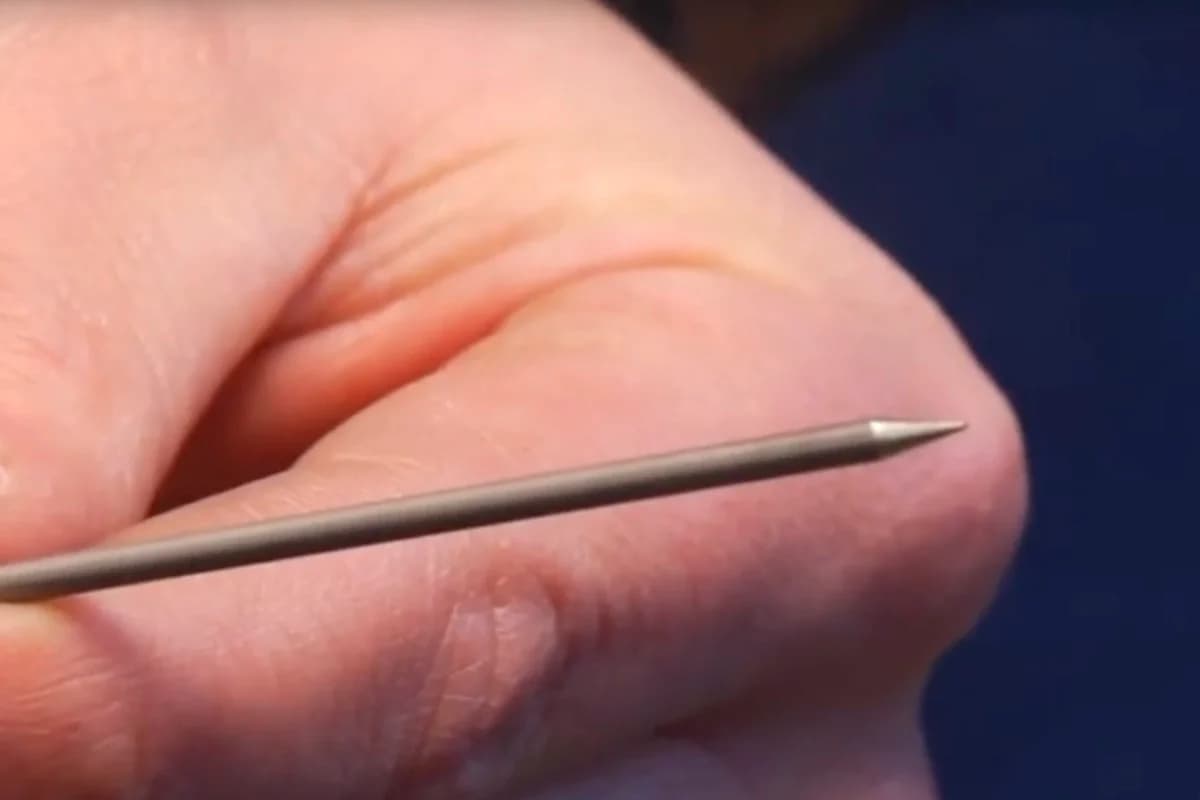
Welding electrode baking procedure
The baking process and its procedure is very important before using a welding rod or electrode. The coating on the electrode has a propensity for absorbing moisture into its inside. Baking is the process of eliminating moisture from electrodes with the use of heat. This reduces the quantity of dissolved H2 in the weld metal, which in turn reduces the likelihood of delayed cracking in the weld metal. Baking is also known as drying. Electrodes that have absorbed an excessive amount of moisture should be re-baked in an oven that has been properly vented at either 600 degrees Fahrenheit minus 25 degrees Fahrenheit (315 degrees Celsius minus 15 degrees Celsius) for one hour or at 500 degrees Fahrenheit minus 25 degrees Fahrenheit (260 degrees Celsius minus 15 degrees C) for two hours. During the process of re-baking, electrodes have to be extracted from the containers in which they were initially stored. Heating welding rods have the effect of driving moisture away from the rods. Electrical current is required for welding, and as is common knowledge, the presence of electrical current and water do not mix well. It comes to reason that a rise in moisture levels within an electrical system can contribute to effects that are not acceptable. Before evaluating the electrode in its as-manufactured form, the electrode, flux, or both could be baked to restore the moisture content. Once this step is complete, the baking time and temperature must be recorded on the test report.  The use of a Heating Oven for Welding Electrodes ensures both the Electrical Safety and Temperature Control of the Process. In manufacturing and processing companies as well as warehouses, a welding oven is typically utilized for welding electrodes and submerged circular welding flexes. Baking low-hydrogen electrodes at temperatures ranging from 225 to 300 degrees Fahrenheit is what the majority of manufacturers recommend. Cellulosic materials, on the other hand, almost never go through the process of being held in an oven due to the fact that the accumulation of moisture rarely has any impact on the material’s performance. When baking something, extra caution should be used to ensure that the conditions that are used truly provide the desired heat treatment. It is necessary to acknowledge the fact that the coating on the electrodes acts as a thermal insulator in addition to acting as an electrical insulator, and it is also necessary to account for the thermal mass that is produced by a charge of cold electrodes in an oven. The slow rate of heating of a large charge of cold electrodes is something that has been researched by laboratories. These laboratories monitored the temperature of the oven as well as the temperature of a thermocouple located in the middle of the mass of electrodes for charges of 20 kg and 80 kg of manual metal arc electrodes, with the initial temperature of the oven being set at 250 degrees Celsius. The time it took for the oven to regain its temperature was around 45 minutes, followed by 2.5 hours. The thermocouple that was monitoring the temperature of the electrodes in the smaller charge of electrodes reached 230 degrees Celsius after a further period of approximately 50 minutes, while the thermocouple that was located in the larger mass of electrodes reached a temperature of 200 degrees after approximately 6 hours of monitoring. Clearly, only shallow layers of electrodes should be permitted, and consideration should be given to the amount of time it will take for the holding oven and the electrodes to achieve the acceptable temperature range following the addition of a charge of electrodes.
The use of a Heating Oven for Welding Electrodes ensures both the Electrical Safety and Temperature Control of the Process. In manufacturing and processing companies as well as warehouses, a welding oven is typically utilized for welding electrodes and submerged circular welding flexes. Baking low-hydrogen electrodes at temperatures ranging from 225 to 300 degrees Fahrenheit is what the majority of manufacturers recommend. Cellulosic materials, on the other hand, almost never go through the process of being held in an oven due to the fact that the accumulation of moisture rarely has any impact on the material’s performance. When baking something, extra caution should be used to ensure that the conditions that are used truly provide the desired heat treatment. It is necessary to acknowledge the fact that the coating on the electrodes acts as a thermal insulator in addition to acting as an electrical insulator, and it is also necessary to account for the thermal mass that is produced by a charge of cold electrodes in an oven. The slow rate of heating of a large charge of cold electrodes is something that has been researched by laboratories. These laboratories monitored the temperature of the oven as well as the temperature of a thermocouple located in the middle of the mass of electrodes for charges of 20 kg and 80 kg of manual metal arc electrodes, with the initial temperature of the oven being set at 250 degrees Celsius. The time it took for the oven to regain its temperature was around 45 minutes, followed by 2.5 hours. The thermocouple that was monitoring the temperature of the electrodes in the smaller charge of electrodes reached 230 degrees Celsius after a further period of approximately 50 minutes, while the thermocouple that was located in the larger mass of electrodes reached a temperature of 200 degrees after approximately 6 hours of monitoring. Clearly, only shallow layers of electrodes should be permitted, and consideration should be given to the amount of time it will take for the holding oven and the electrodes to achieve the acceptable temperature range following the addition of a charge of electrodes. 
Welding electrode baking temperature
Sometimes, a welding rod or electrode needs to get through the baking process at the right temperature in order to be ready for use. Electrodes that have been compromised by moisture will not be able to deposit quality welds to the same extent that a dry rod will be able to. Rods that have absorbed an excessive amount of moisture might cause weld cracking and porosity if they are welded. There’s a chance that other aspects of welding, such as arc performance, will be impacted as well. It is possible for a weld to have hydrogen-induced cracking if the coating on the low hydrogen rod has absorbed moisture. Particularly in more durable metals that have yield strength of 80,000 psi or more and greater. To begin, harder metals are intrinsically more brittle than their softer counterparts. Using rods with a low hydrogen content that are wet has the potential to make the weld more brittle. This could result in under-surface cracking and porosity, both of which can only be identified through destructive testing or X-ray inspection. In addition, it may result in surface cracking, surface porosity, an excessive amount of fluidity in the slag, difficulties in removing the slag, and a rough surface on the weld. A bake oven is essential for any serious welder who is engaged in significant work that requires the weld to be at least as strong as the base metals and to be devoid of any moisture. However, it is not recommended to heat at temperatures that are lower than those stated for prolonged periods of time or to surpass the temperatures that are recommended.  Some of the prohibitions on baking that apply to welding electrodes:
Some of the prohibitions on baking that apply to welding electrodes:
- Baked goods should not be made using any electrode on which the coating has started to peel or break off.
- Any rod that, when being welded, has a discernible variation in the quantity of spatter, porosity, or weak, irregular arc force ought to also be thrown away.
- It is recommended that low hydrogen rods that have been in direct contact with water or that have been exposed to high humidity be pre-dried for one to two hours prior to being placed in a baking oven.
Electrodes that have been exposed to air for less than a week and have not come into direct contact with water should be baked at temperatures between 650 and 750 degrees Fahrenheit. If the electrodes are thicker, the baking temperatures should be increased to between 700 and 800 degrees Fahrenheit. After coming into direct contact with water and being subjected to a high level of humidity, electrodes should first be pre-dried at temperatures ranging from 180 to 220 degrees Fahrenheit, and then they should be baked at temperatures ranging from 650 to 750 degrees Fahrenheit, or, if they are thicker, at temperatures ranging from 700 to 800 degrees Fahrenheit. Electrodes that have absorbed an excessive amount of moisture should be re-baked in an oven that has been properly vented at either 600 degrees Fahrenheit minus 25 degrees Fahrenheit (315 degrees Celsius minus 15 degrees Celsius) for one hour or at 500 degrees Fahrenheit minus 25 degrees Fahrenheit (260 degrees Celsius minus 15 degrees C) for two hours. During the process of re-baking, electrodes have to be extracted from the containers in which they were initially stored. Within the oven, shelves shouldn’t have more than six layers of electrodes stacked on top of each other. The majority of electrodes can be re-baked at least two or three times before the integrity of the flux coating and the welding performance of the electrodes are significantly compromised. Our brand caters to the demand for consumable welding fluxes and wires by manufacturing all types of welding wires, welding fluxes, and pilot arcs. We are now working to meet the needs of various types of wire and welding flux and downstream enrichment and production of other types of welding wire, welding flux, and other consumables for the welding industry with plans to expand the factory and number of our customers. Trying to do as much as possible.
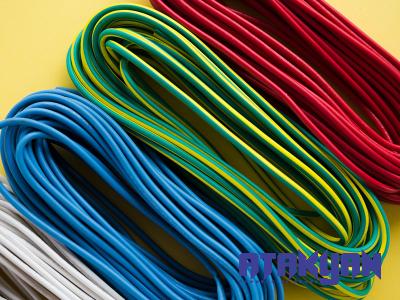


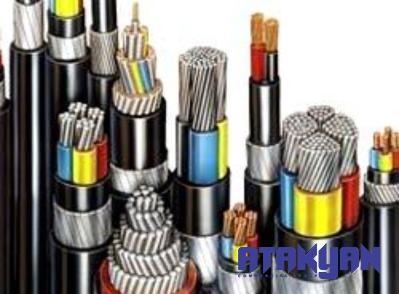
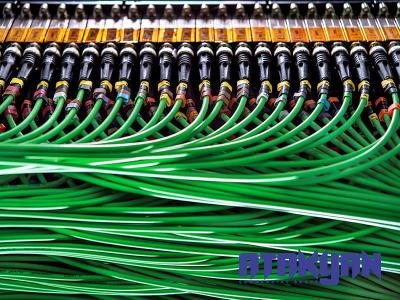

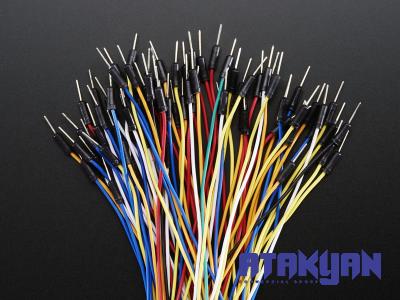

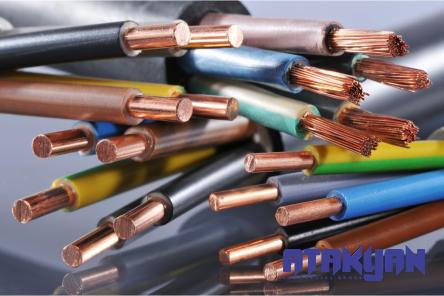
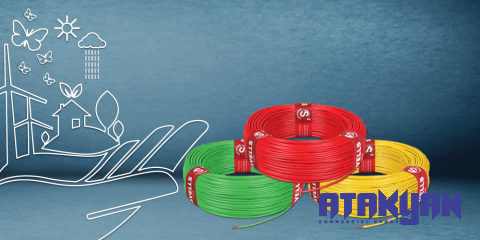
Your comment submitted.